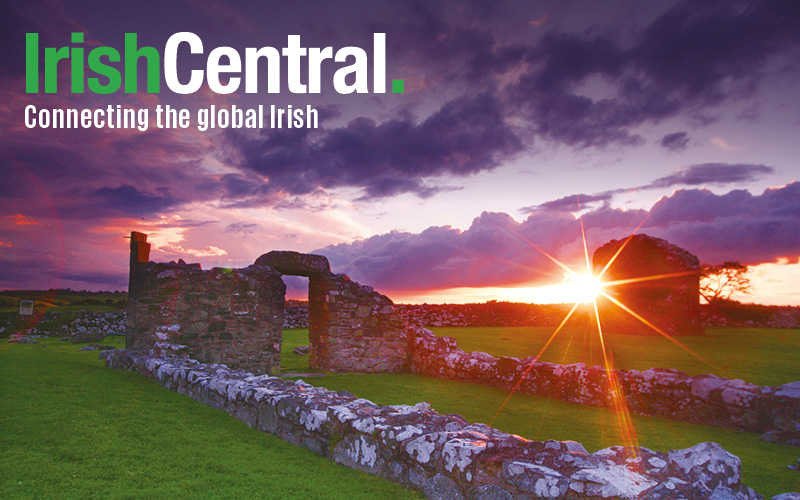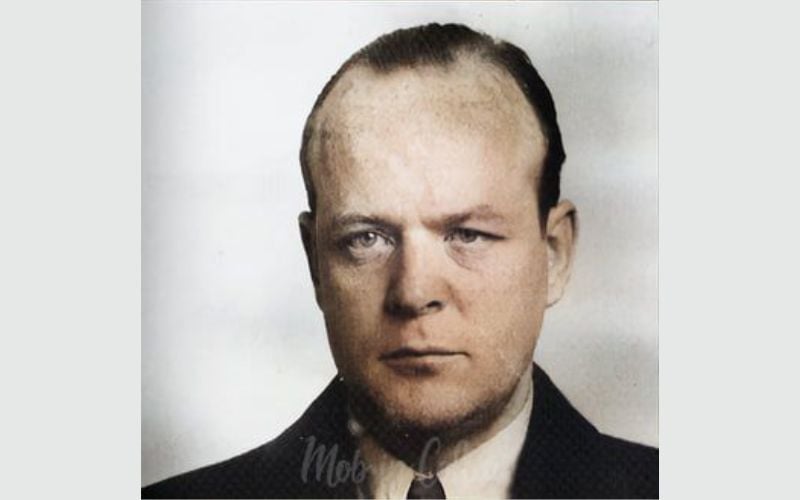The Irish language is in a strange state nowadays, especially when it comes to native speakers raising children. More people know how to conduct themselves in the language than you would ever think by visiting Ireland, and yet more and more children in the Gaeltacht are shunning it as a first language, because the larger society has severely debilitating shame-issues that make speaking Irish in public in Ireland less normal than speaking émigré languages there. The message given to kids in Ireland is still such that English is normal, and Irish is to be turned off in most situations on the street. Add to that the unmet demand for Gaelscoileanna, where parents want more and more to send their children to Irish-medium schools because the education is better, but the government won't build them in time, preferring lip-service and no-hope waiting lists.
New York City is the perfect place for such attitudes to be diagnosed and cured, because languages flourish here, especially among school children, where bi-lingualism is a right, and something to be proud of and to use. More and more Irish in New York, and people from any heritage at all, can see Irish language as a resource skill. It's here that people realize that learners of Irish gain access to Europe where it is an official language, access to the Irish media universe which is truly unique and compelling, and access to a global community of Irish speakers networked in major cities across the world--not to mention access to the Irish speaking community in Ireland which is popping up proudly all across the island despite the unfathomable kibosh against public Irish speaking over there.
It is not the usual skill, and such unusual skills are what make children stand-out on applications to presitigious universities, such as Harvard, which is but one of scores across the United States and world, where Celtic, Gaelic and Irish studies programs are flourishing with growing budgets and expanding missions.
To meet the demand in New York, the Irish academic, media personality and New York socialite, Elaine Ní Bhraonáin has been offering a unique immersion experience for young ones that want to become Gaelic Kids. By sheer way with people and children, she's winning more and more learners to the Irish language community, helping people realize the benefits of belonging to such a tight and well-networked pobal ar fud an domhain--pobal across the world. The first step is getting past Anglophonic prejudice and understanding the real opportunity that comes with joining the Gaeilgeoirí.
The program is finishing up for the winter term with the last class happening on Sat, March 20, but new classes will begin again on Saturday, April 10th. Enrollment is rolling, so students may join at any time, and it is yet another way that parents can get involved with the Irish Arts Center, which is owned by the Irish community, and will be expanding with new grants over the next few years.
The Irish Arts Center in the newly posh Hell's Kitchen neighborhood in midtown Manhattan, is a few blocks west of major subway lines, and is easy to get to by car or foot. The Center will be offering a free sample class for Gaelic Kids on Sunday, March 14 as part of its "Lá Oscailte/Open Day," from 2:30 to 3:30.
There are two classes appropriate for two different age groups. Gaelic Kids 1 from 11am to noon has the kids from ages 3 to 6; and is followed by Gaelic Kids 2 from noon to 1pm for children 7 to 12.
You can read about the programs offered for children at the Irish Arts Center's website, here.
New York City is the perfect place for such attitudes to be diagnosed and cured, because languages flourish here, especially among school children, where bi-lingualism is a right, and something to be proud of and to use. More and more Irish in New York, and people from any heritage at all, can see Irish language as a resource skill. It's here that people realize that learners of Irish gain access to Europe where it is an official language, access to the Irish media universe which is truly unique and compelling, and access to a global community of Irish speakers networked in major cities across the world--not to mention access to the Irish speaking community in Ireland which is popping up proudly all across the island despite the unfathomable kibosh against public Irish speaking over there.
It is not the usual skill, and such unusual skills are what make children stand-out on applications to presitigious universities, such as Harvard, which is but one of scores across the United States and world, where Celtic, Gaelic and Irish studies programs are flourishing with growing budgets and expanding missions.
To meet the demand in New York, the Irish academic, media personality and New York socialite, Elaine Ní Bhraonáin has been offering a unique immersion experience for young ones that want to become Gaelic Kids. By sheer way with people and children, she's winning more and more learners to the Irish language community, helping people realize the benefits of belonging to such a tight and well-networked pobal ar fud an domhain--pobal across the world. The first step is getting past Anglophonic prejudice and understanding the real opportunity that comes with joining the Gaeilgeoirí.
The program is finishing up for the winter term with the last class happening on Sat, March 20, but new classes will begin again on Saturday, April 10th. Enrollment is rolling, so students may join at any time, and it is yet another way that parents can get involved with the Irish Arts Center, which is owned by the Irish community, and will be expanding with new grants over the next few years.
The Irish Arts Center in the newly posh Hell's Kitchen neighborhood in midtown Manhattan, is a few blocks west of major subway lines, and is easy to get to by car or foot. The Center will be offering a free sample class for Gaelic Kids on Sunday, March 14 as part of its "Lá Oscailte/Open Day," from 2:30 to 3:30.
There are two classes appropriate for two different age groups. Gaelic Kids 1 from 11am to noon has the kids from ages 3 to 6; and is followed by Gaelic Kids 2 from noon to 1pm for children 7 to 12.
You can read about the programs offered for children at the Irish Arts Center's website, here.




Comments